PPT-Exploring and Reducing the Effects of Orientation on Text R
Author : test | Published Date : 2016-03-23
Tovi Grossman Daniel Wigdor Ravin Balakrishnan Volumetric Displays Volumetric Displays 360 Viewing Reading Text Our Goals How do rotations affect reading Can the
Presentation Embed Code
Download Presentation
Download Presentation The PPT/PDF document "Exploring and Reducing the Effects of Or..." is the property of its rightful owner. Permission is granted to download and print the materials on this website for personal, non-commercial use only, and to display it on your personal computer provided you do not modify the materials and that you retain all copyright notices contained in the materials. By downloading content from our website, you accept the terms of this agreement.
Exploring and Reducing the Effects of Orientation on Text R: Transcript
Download Rules Of Document
"Exploring and Reducing the Effects of Orientation on Text R"The content belongs to its owner. You may download and print it for personal use, without modification, and keep all copyright notices. By downloading, you agree to these terms.
Related Documents

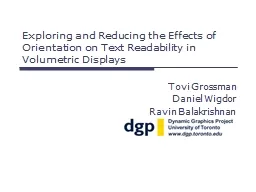


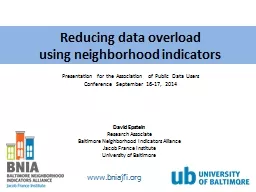
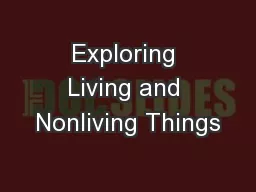


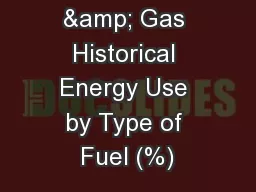

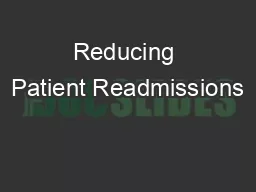
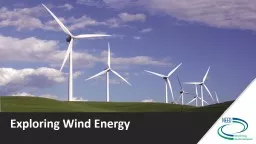

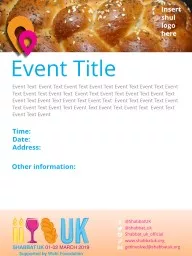
![[EBOOK]-Exploring the World of Chemistry: From Ancient Metals to High-Speed Computers](https://thumbs.docslides.com/956424/ebook-exploring-the-world-of-chemistry-from-ancient-metals-to-high-speed-computers-exploring-series-exploring-new-leaf-press.jpg)